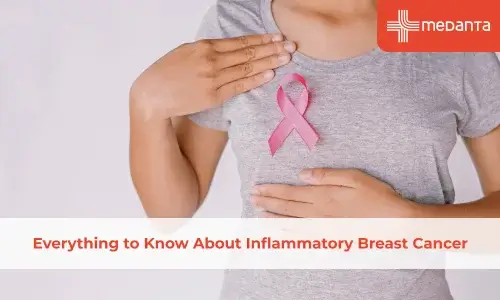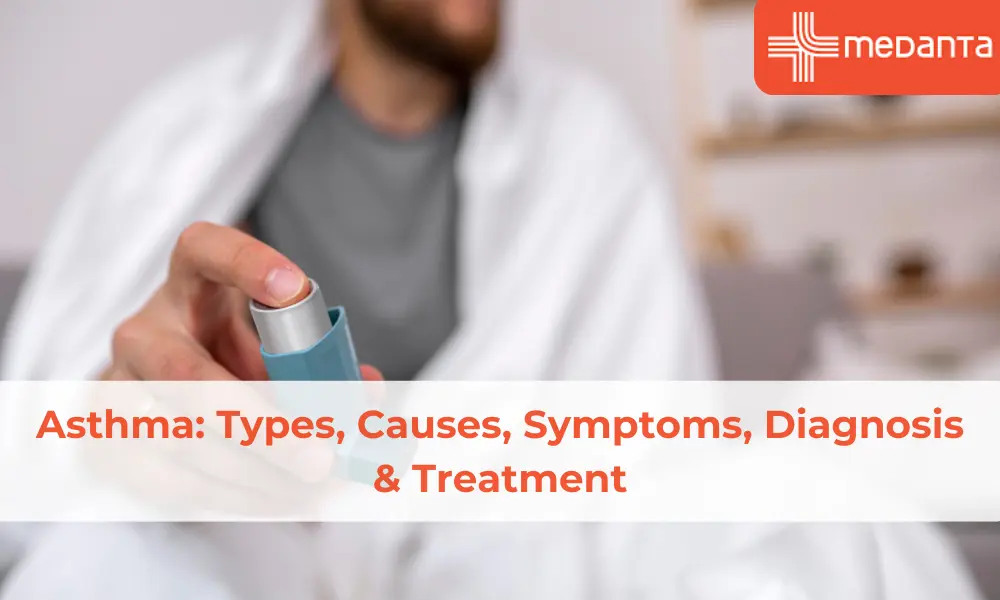Everything to Know About Inflammatory Breast Cancer

TABLE OF CONTENTS
Introduction:
Inflammatory breast cancer is an uncommon kind of breast cancer that spreads quickly and causes the afflicted breast to become swollen, painful, and red. Breasts with inflammatory cancer have a recognisable red, swollen look because cancer cells obstruct the lymphatic veins in the skin surrounding the breast.
A locally progressed malignancy, such as inflammatory breast cancer, has migrated from its original site to adjacent tissue and may even have reached nearby lymph nodes. Breast infections, which are a far more typical source of breast redness and swelling, can be mistaken for inflammatory breast cancer rather easily. If you observe any changes in the skin of your breast, consult a doctor right away.
When cancerous cells obstruct lymph vessels, the tiny, hollow tubes that let lymph fluid drain from your breast, IBC occurs. It is simple to confuse IBC for active infection with the symptoms of the inflammation brought on by the obstruction.
IBC multiplies quickly and must be treated right away. IBC is often treated by medical professionals using chemotherapy, surgery, and radiation therapy.
Causes of inflammatory breast cancer:
What specifically triggers inflammatory breast cancer is unknown. According to medical professionals, DNA alterations in breast cells are the first sign of inflammatory breast cancer. The cell is often found in one of the ducts that transport breast milk to the nipple. However, cells in the glandular tissue (lobules) where breast milk is generated can potentially become cancerous.
The instructions that inform a cell what to do are encoded in its DNA. The DNA alterations instruct the breast cell to multiply and develop quickly. The aberrant cells that are accumulating invade and obstruct the lymphatic capillaries in the breast skin. Skin that is red, puffy, and dimpled is a characteristic symptom of inflammatory breast cancer due to the obstruction in the lymphatic veins.

Identification of inflammatory breast cancer:
Comparatively speaking to other types of the illness, inflammatory breast cancer:
Looks different as there are frequently no lumps, but your breast might seem inflammatory, swollen, or red.
Harder to detect, since a mammogram doesn't adequately depict it compared to other varieties, is more aggressive and spreads faster.
Can be detected at an earlier age, particularly in African-American women
Has a higher chance of affecting obese women
When it's identified, it's frequently farther along, your doctor may refer to this as locally progressed, indicating that it has spread to neighbouring skin.
When breast cancer is identified, it occasionally has gone beyond the breast (your doctor will state it has metastasized), making treatment more difficult.
Signs and symptoms:
Unlike other types of breast cancer, inflammatory breast cancer seldom develops a lump. Instead, these are the warning signs and symptoms of inflammatory breast cancer:
Over many weeks, one breast saw a rapid shift in appearance.
One breast's weight, thickness, or obvious enlargement
Breast discolouration that appears red, purple, pink, or bruised
Uncharacteristic warmth in the afflicted breast
On the surface of the afflicted breast, some dimples or ridges resemble orange peel.
Tenderness, discomfort, or ache
Beneath the arm, above the collarbone, or below the collarbone, enlarged lymph nodes
Nipple flattening or turning inward
These signs and symptoms must have been present for fewer than six months for inflammatory breast cancer to be identified.
Treatment of inflammatory breast cancer:
Chemotherapy is used as the initial treatment for inflammatory breast cancer. Surgery and radiation therapy are still used as treatments if cancer has not progressed to other parts of the body. To limit the progression of cancer, your doctor could advise different pharmacological therapies in conjunction with chemotherapy if it has migrated to other parts of the body.
Palliative care is a type of specialist medical treatment that concentrates on relieving pain and other severe sickness symptoms. Specialists in palliative care collaborate with you, your loved ones, and your other medical professionals to add an additional layer of assistance to your continuing treatment. While receiving more invasive therapies like surgery, chemotherapy, or radiation therapy, palliative care can be employed.






